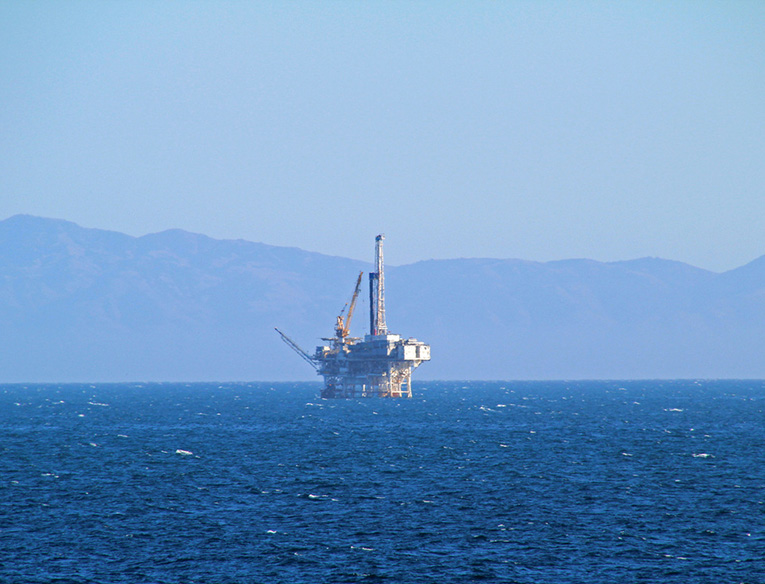Oil prices could reach $90 per barrel by year’s end, said the global bank, Goldman Sachs. According to a Reuters report, the bank estimates that demand could soon reach pre-pandemic levels of around 100 million barrels per day (bpd) as consumption in Asia rebounds after the Delta COVID-19 wave.
Moreover, the switch from natural gas to oil, as a result of the energy crisis in Europe in Asia after a spike in commodity prices, could contribute to the rise in demand at least by 1 million bpd. The bank noted. “While not our base-case, such persistence would pose upside risk to our $90/bbl year-end Brent price forecast.”
Moreover, as we have reported previously, a tight global supply has kept oil prices in a rally, going beyond $86 per barrel last week. This Monday, Brent crude futures gained 45 cents to $85.98 a barrel by 1:22 p.m. However, it reached $86,70 per barrel earlier in the day; the highest since October 2014.
On the other hand, US West Texas Intermediate (WTI) crude futures rose 35 cents to $84.11 a barrel, after reaching $85.41 a barrel, the highest since October 2014. Indeed, both benchmarks have climbed 20% since the start of September. In particular, the US crude has risen for nine straight weeks, while Brent for seven.
Also recommended for you: Hilcorp to take over operations of Alaska’s Point Thompson field. Click here to read.
Oil would have to reach $100+ to balance the market deficit in 1Q22
About the factors at play, Louise Dickson, senior oil markets analyst at Rystad Energy, said. “The global energy supply crunch continues to show its teeth, as oil prices extend their upward march this week; a result of traders pricing in the ongoing rise in fuel demand, which amid limited supply response is depleting global stockpiles.”
Furthermore, Goldman Sachs added in its note that prices would have to reach $110 per barrel to “stifle demand enough to balance the market deficit we currently see in 1Q22.” This forecast is considering that OPEC+ would continue with its strategy to raise global output by +0.4 mb/d per month.
Finally, the bank said about the situation in China, where soaring coal prices have prompted a series of outages and industrial crunch. “Despite the recent power cuts and impacts to industrial activity in China, oil demand is likely instead supported by switching to diesel-powered generators and diesel engines in LNG trucks, as well as by a ramp-up in coal production.”


